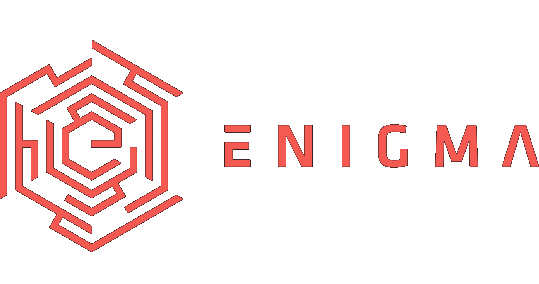Philanthropy has a critical role to play in improving cybersecurity worldwide. As new technologies affect every aspect of our lives, the applicable laws, norms and policies—as well as the decision-makers that shape them—are struggling to keep up. High-profile breaches—at Sony Pictures, the Office of Personnel Management, and the Democratic National Committee, among many others—underscore the magnitude of the risks we face and the need for informed cybersecurity policies.
Yet despite its critical importance, funding to develop long-term cybersecurity policy for the benefit of the public is practically non-existent. The funding gap is, moreover, structural. Government and industry are directing significant resources to cybersecurity, but their efforts are and will remain focused on countering immediate threats and triaging new breaches. Unlike government or industry, philanthropy can be a neutral player not motivated by profit, politics, or self-interest.
There is critical work to be done for the safety of the public—work that government cannot and the private sector will not fund. What’s needed is flexible support from institutions that have the latitude to take a long-term, strategic approach—the kind of funding, in other words, that philanthropy is uniquely positioned to provide.








































